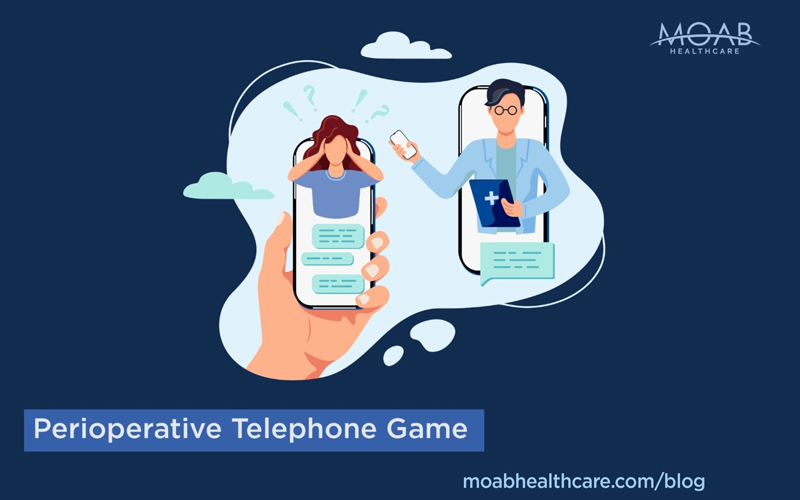Perioperative Telephone Game
In our healthcare facilities, the telephone is a life-saving instrument. It is the primary means of communication between the nurses in procedural areas and the technicians in SPD. However, we know that this instrument is not always used correctly, and when it is not, the patient impact is possible. Just like any instrument, the phone can be used skillfully or clumsily. Skillful communication makes the day go more satisfactorily for everyone in the facility. Clumsy communication may mean surgeon or patient delays. Fortunately, phone communication is a skill that can be learned.
Like so many things in life, the first step in creating an effective phone communication protocol is simply for everyone to care, to want to do the thing right. Perioperative nurses, providers, and Sterile Processing techs all must recognize the benefits of good phone communication for the good of our patients, and also promote respectful culture in the facility. A sensible phone communication protocol is an easy sell, and is its own reward, as everyone understands each other, and mistakes are minimized. In my experience, once a protocol is in place, it is easy to keep rolling.
Your hospital can form an interdisciplinary team to write phone scripts for both the caller and the receiver.
The protocol creation process should be viewed as an opportunity to define the language that everyone will utilize, designating minute ranges for each.
An example of this might be:
- Next Run, 5-10 minutes
- Right Away, under 5 minutes
- STAT (from the Latin statim, ‘immediately’), under 2 minutes.
An example of a robust and effective phone communication system is one that builds on the five W’s (& an H). We should strive to maintain a “just the facts” attitude.
Both the caller and the receiver will need to use the five W’s. The caller is to make sure all the information is properly communicated, and the receiver is to assure that they have received all of the necessary information. The receivers would be repeating the information back to the caller as a self-check.
Often, Sterile Processing staff will take the call and write the information as they listen. Repeating back the information would serve as a check to ensure nothing is missed.
Who is calling? What instrument is needed? When is the instrument needed (on the Next Run, Right Away, or STAT)? Where is the instrument needed? (which Operating Room or procedural area)? We don’t need the Why, because it is always to serve the needs of the patient! Sometimes a facility may need a How, for example, if a tube system is in place.
A sample request might go like this:
Kayla: “Sterile Processing, this is Kayla.”
Casey: “Hello, this is Casey in OR1. I need a #3 scalpel handle Right Away.”
Kayla: “Thank you, Casey. I will send a runner with a #3 scalpel handle to OR1 Right Away.”
Casey: “Thank you, Kayla.”
Scheduling in-services with Sterile Processing, Cath Lab, Labor & Deliver, and Surgical Services is a phenomenal way to get the information out to the front-line staff. It can be a fun team-building exercise as well.


